Italian design needs to go back to its origins, says Cappellini
Italian brands create "too many products that look the same", says Giulio Cappellini, whose furniture company is making a comeback under new owner Haworth (+ slideshow).
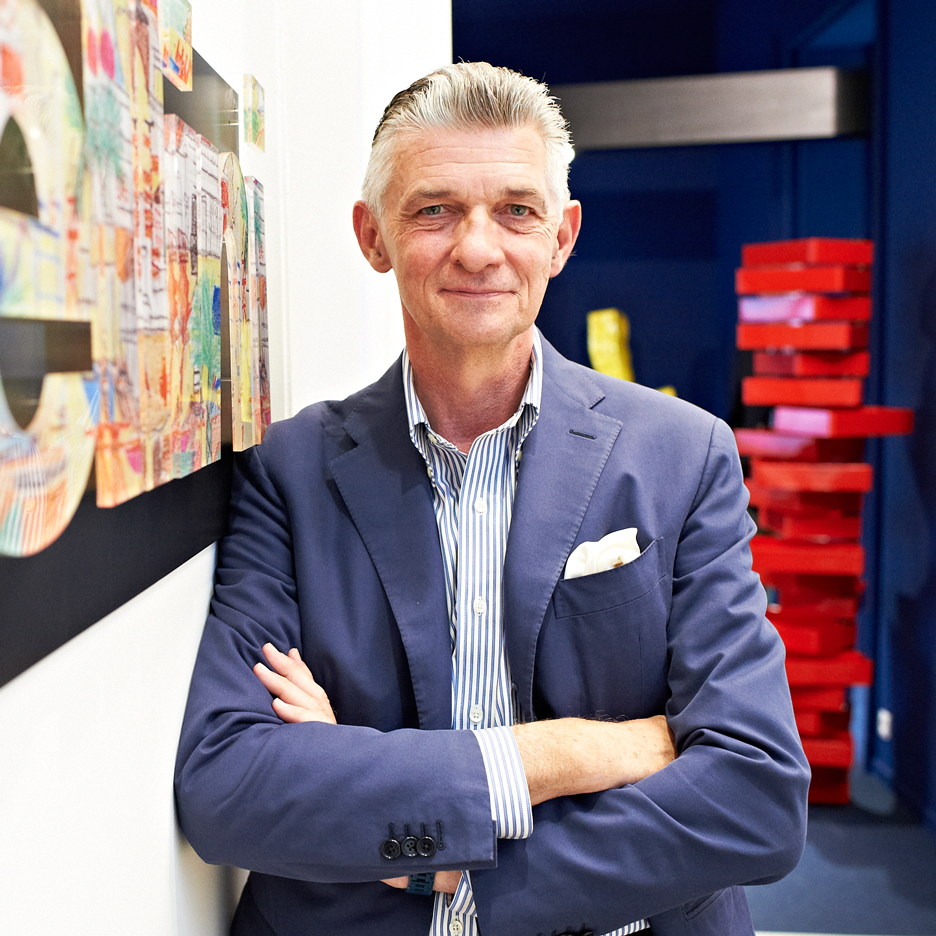
Speaking to Dezeen, the creative director of iconic Italian design brand Cappellini said the industry had to return to the values of previous decades, channelling research and investment into innovative contemporary products.
"Sometimes looking into Italian design, I see too many products that look the same, even when they're produced by different companies," he said. "It is very important to work on strong products – products that can maybe be copied 80 per cent but not 100 per cent."
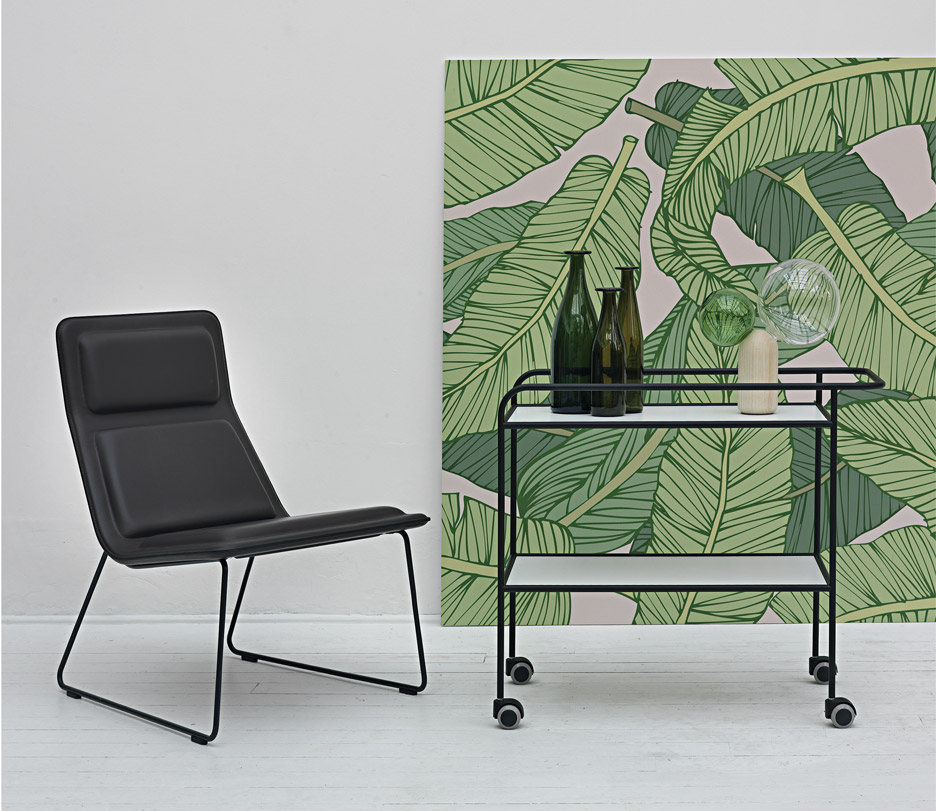
Italian design tends to focus "too much on lifestyle," he continued. "I think we have to move back to the origins of Italian design in the 50s and 60s – doing beautiful and useful objects. These products had a lot of strong research and investment."
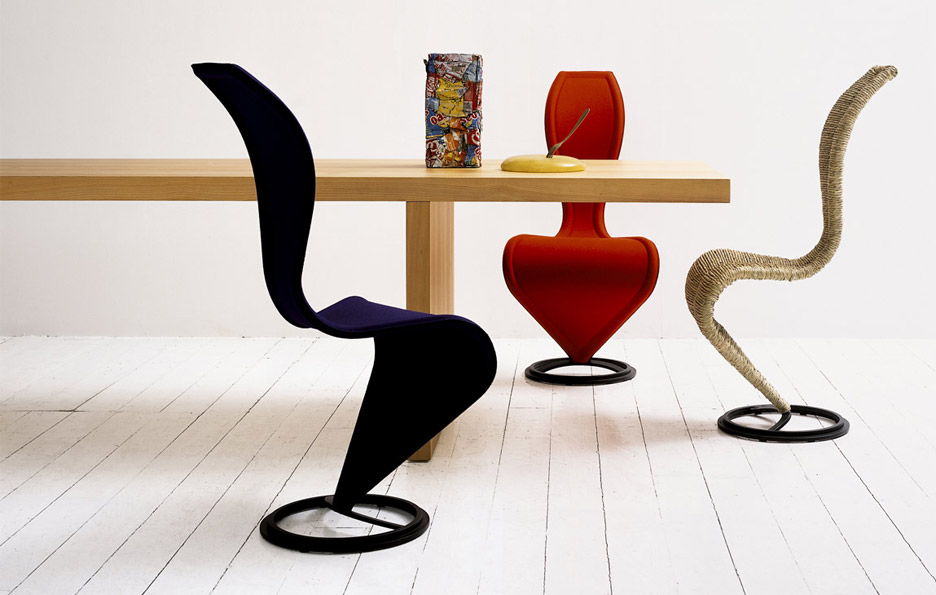
The gentlemanly designer, 62, was one of the most influential figures in the industry at the tail end of the last century, and the Milan-based company founded by his father in 1946 was regarded as the most innovative and glamorous furniture brand in the world.
He was among the first producers to recognise that design was becoming a global phenomenon and that Italian design could no longer rely on the shrinking pool of home-grown maestros.
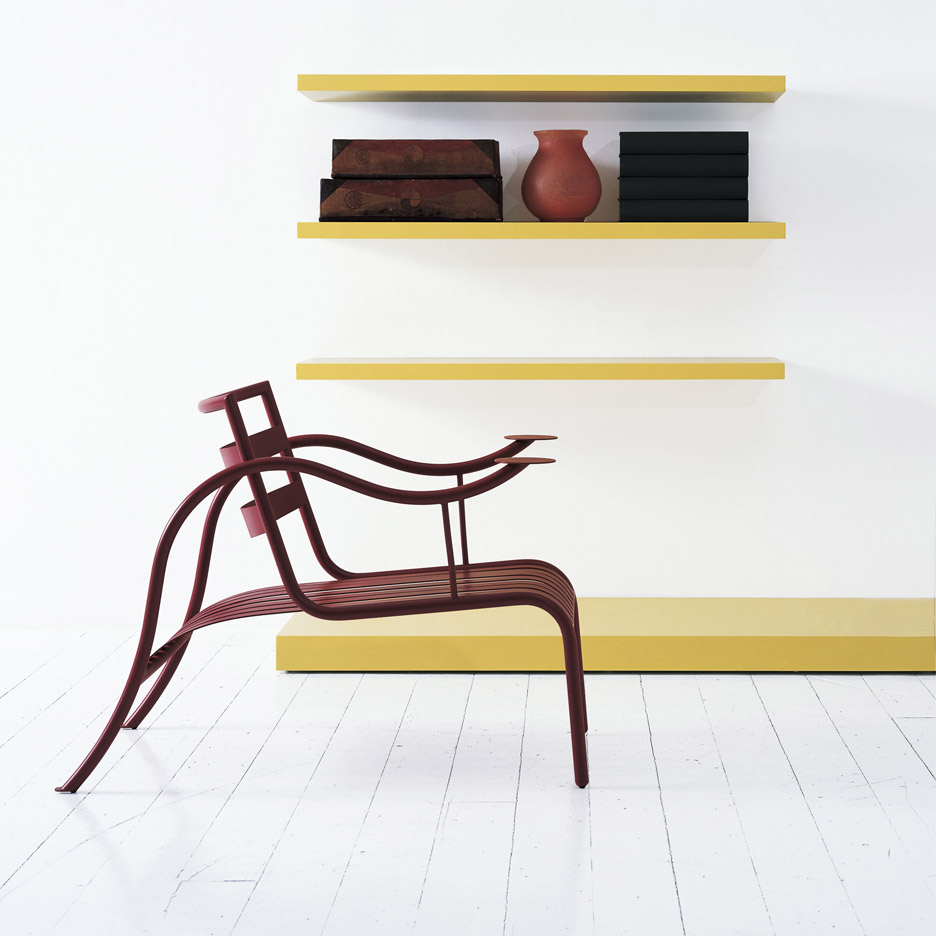
He instead looked beyond Italy for emerging talent, helping to launch the careers of Tom Dixon, Jasper Morrison, Marcel Wanders, the Bouroullec brothers and Barber & Osgerby, among others.
However, the brand fell from grace in the early 2000s amid talk of financial difficulties, and it was bought in 2004 by Italian furniture group Poltrona Frau, at the time steered by investment firm Charme.
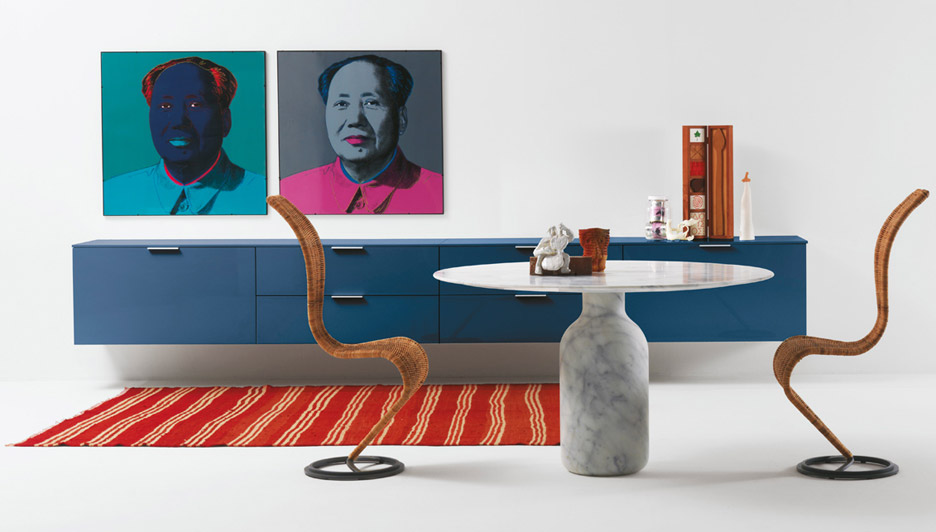
The gently spoken designer was reluctant to talk about this episode when Dezeen met him in the London showroom of Haworth, the US office furniture giant that recently acquired Charme's majority stake in the group.
Despite Icon magazine writing at the time that the company had been "rescued from bankruptcy" by the buyout, Cappellini now insists the business was fine. Instead, he claims that the company was rocked by the loss of €20 million (£16.7 million), which was allegedly embezzled by an employee.
"It was a huge shock for me," he said. "It was a very hard time."
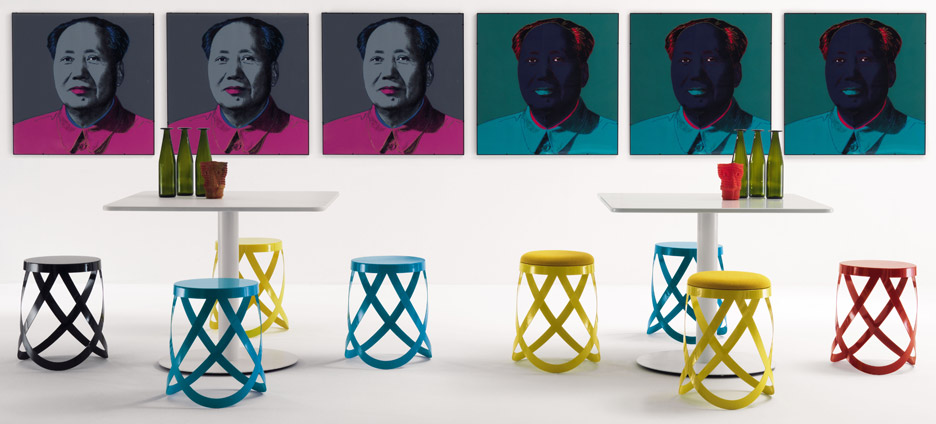
With no-one in the family to take over the business, he puts his motivations for selling down to the need for a succession plan and the desire to compete in a global market.
More than ten years later, he claims the company is once again thriving due to a new-found appetite for Cappellini products among Haworth's contract clients.
"Thanks to Haworth, we are growing a lot in the contract market, because today it is easier to sell design products for contract – for hospitality and for offices – than for residential," said Cappellini.
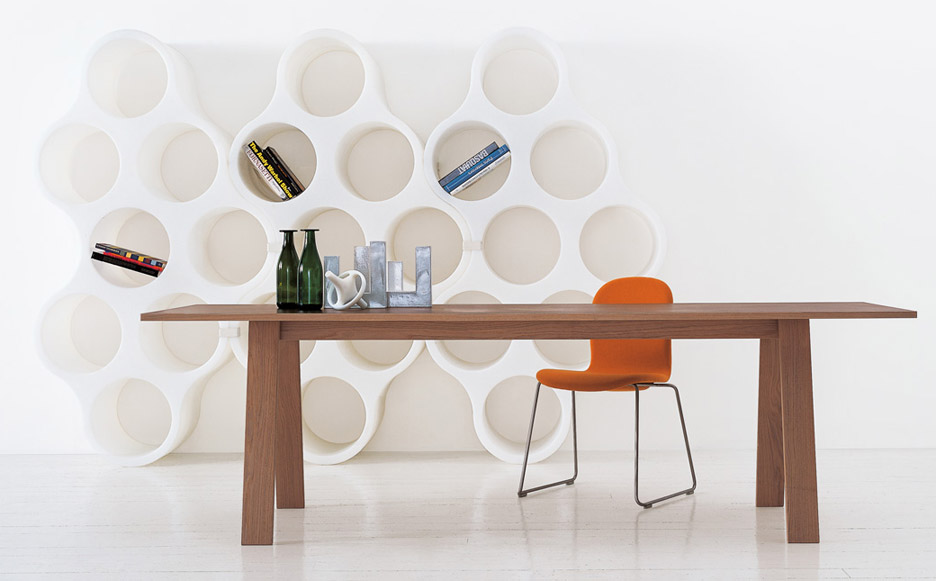
The designer believes that consolidating Cappellini with other brands like Cassina and Alias from the Poltrona Frau group under Haworth's ownership has given them all an advantage internationally.
"It's not enough to do nice products; we need the possibility to promote the products everywhere in the world," Cappellini says. "The problem with a lot of Italian companies is that they may be very well known worldwide, with lots of products in different art museums, but really they are too small for the international market."
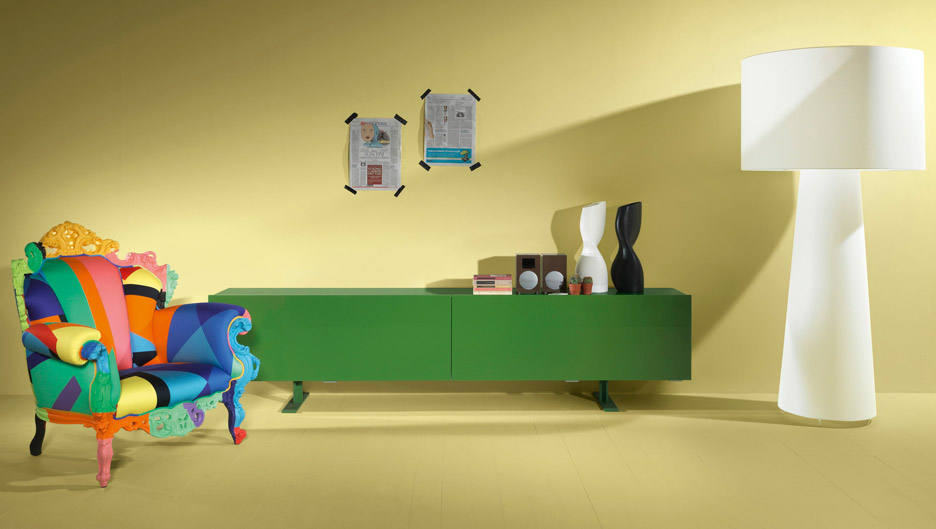
"You need to have a lot of energy to enter the international market," he adds, saying that North America and the Far East are becoming increasingly important. Cappellini's first Asian monobrand store opened in Manila in 2013, and another has recently launched in Ho Chi Minh City.
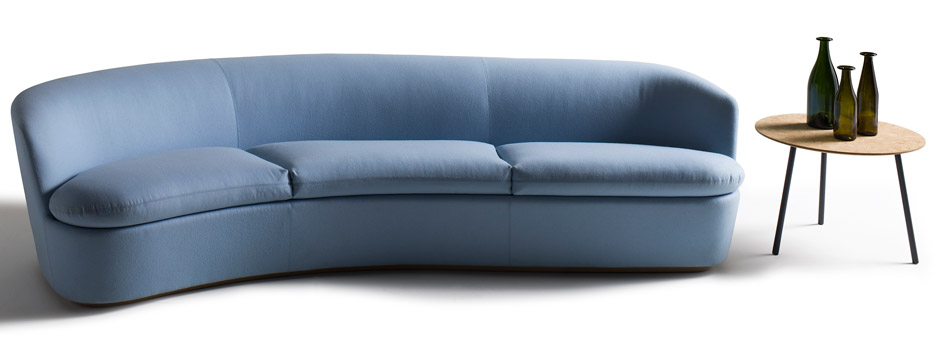
It's in these new markets that the designer is now looking to make an impact, and he believes its his eye for "longsellers not bestsellers" that has secured a future for the once beleaguered company.
"We have some products that were designed by Morrison or other designers 20 years ago that were at the beginning maybe too avant-garde but we sell more now than in the past," he says.
Here's the edited transcript of our interview with Cappellini:
Rima Sabina Aouf: In 2004 you sold Cappellini to Poltrona Frau, which was then bought by Haworth. What has that journey been like?
Giulio Cappellini: The main problem with a lot of Italian companies is that they're very well known worldwide with lots of products in different art museums, but really they are too small for the international market, and today really the market is the world. You need to have a lot of energy to enter the international market. And more and more now that the market to export is not only to export to Europe but to North America and the Far East. So I joined a group, and we tried to keep for each company an image – Cassina is Cassina, Poltrona Frau is Poltrona Frau, Cappellini is Cappellini – but we have a lot of synergies in terms of direction, finance.
A few years ago we started to get in touch with Haworth, who produce mostly office systems and mostly in North America. Haworth had a contemporary collection, but they maybe didn't have a strong collection of old, well-designed products. So they approached the Poltrona Frau group to select some of the products by its companies, mostly for the lounge areas. In the first three years, Cappellini was really very successful with Haworth so they selected part of the Capellini collection and they started to sell them through their contract channels. Step by step Haworth became more close to the Poltrona Frau group and they decided to acquire it.
So last year we entered into this big family that is Haworth, and I am very happy about that because with Haworth there is a strong industrial project. I work with a lot of freedom; Cappellini is growing every year. And really thanks to Haworth, we are growing a lot in the contract market, because today it is easier to sell design products for contract – for hospitality and for offices – more than for residential.
Rima Sabina Aouf: When you sold the company to Poltrona Frau, what were the reasons behind your decision?
Giulio Cappellini: For me the most important thing was to grow, and also that really I was alone, and nobody in my family wanted to take on the business. I have two kids, but really they don't want to own all this, so I was thinking, what can I do in the future about the company?
Cappellini for me is the most important part of my life, but I also have other jobs. So at that time I was in need of new energy and to be more global, to invest more money, so that's why I decided to join the group.
Rima Sabina Aouf: I've heard that the business may have been in some trouble in the 2000s, before the sale and with the global financial crisis. Is there truth to that?
Giulio Cappellini: This is very private. The only problem that I had was that because I was alone, and I was always travelling a lot, I had one person in the company taking care of the finance – a person who worked with Cappellini and the family for 17 years, so he was like a brother to me. He had some personal problem and was playing too much at the casino. He took from the company in two years €20 million (£16.7 million), so it was a huge shock for me.
This man is still free. We spent a huge amount of money on lawyers, but we still have not seen back one euro. It was a very hard time. Many people at the time were thinking, look, Cappellini is working on design, so you can't make money doing design. This is absolutely not true; Cappellini was a very wealthy company, otherwise this man couldn't take away €20 million in two years.
This was one of the reasons, but the most important reason was really that today the market is the world. It's not enough to do nice products; we need the possibility to promote the products everywhere in the world.
Also I think that today for a design-oriented company the most important thing is to be contemporary, and to be contemporary means to work and to invest always in design and innovation. When I speak about innovation, today it can be difficult to invent new shapes – maybe the most beautiful shapes have already been done in the '50s and '60s. But today we can invest in new materials, research, new production systems and so on. Fortunately Italian design products are popular worldwide, but again we have to give something different – if we do normal products, you can find them everywhere in the world.
Rima Sabina Aouf: You've been described as a talent agent for young international designers. How do you feel about that description?
Giulio Cappellini: I am very happy. Sometimes people ask me, aren't you jealous that you launched people like Tom Dixon or Jasper Morrison or the Bouroullecs and now they are very famous, but no I am very happy because this means that I saw my idea was okay. I just had lunch with Barber and Osgerby, they said the first project they made was with Cappellini, and now they are working on another new project for Cappellini.
Rima Sabina Aouf: When you're working with this many designers, how do you define what your brand is?
Giulio Cappellini: No more than 30 per cent of the prototypes which we make become real products. Sometimes you have some nice products but you say it's good, but it's not Cappellini. So the most important thing is to create something that is part of the global concept of Cappellini.
Again, we have to also take care of evolution of the market. If today we do something new, we have to try to do something better than what we made 15 or 20 years ago. Sometimes it is better to rework and reengineer an old project instead than doing a new product. The spirit of Cappellini is to try to create a collection of contemporary classics. I like to work on what they call longsellers and not bestsellers.
We have some products that were designed by Morrison or other designers 20 years ago that were at the beginning maybe too avant-garde, but we sell more now than in the past. This is very important to us, not to do just fashionable products. This is a guarantee for the consumer. If a consumer sees a product on the market for 10, 20, 30 years, maybe in a different colour, maybe in a different finish, but that product, they will say wow, if it is still on the market, it is a good product.
Rima Sabina Aouf: What interests you the most at the moment?
Giulio Cappellini: I think today, the approach to design is different. I am more interested in what they call interior landscapes. These landscapes can be residential or public spaces, but they need to work more on a global concept. For sure in these landscapes there are products, but I think it is not enough to do a nice, single product – we have to try to create an ambiance, an atmosphere. This is not lifestyle; it means imagining how people are going to live today or in the future, or how they are going to work today or in the future.
Just look at the office landscapes today and how they have changed in the past few years. The most established companies in the past used to have headquarters. Now they have campuses. This means that the atmosphere has changed a lot. Maybe the products are still the same, but in the office you fortunately no longer have just black and white chairs. You see colours, you see nice materials, a more warm atmosphere.
Rima Sabina Aouf: If you could change one thing about the design industry after your many years of knowing it well, what would it be?
Giulio Cappellini: I think we have to work more on the promotion of products. Sometimes it is better to find a new way to sell an old product than to do a new product. This means we have think about countries that are new to design. Sometimes we people of design think that people who don't understand design products or who buy copies, they understand nothing. No, it's our fault, because we don't explain enough about what is behind the product.
So, I think the thing we have to change is to work a lot on communication, to explain to people what there is on the back – in terms of research, investment, technology – of a real design products. Then people can understand why one product costs 100 and another costs 150. Sometimes people buy copies because they don't know the originals. Sometimes people might buy a sofa because they like the colours, and sometimes they say they don't really know what there is in terms of research behind a product.
Rima Sabina Aouf: And where are these new markets in the world?
Giulio Cappellini: The North American market is really back, it's growing a lot. All of the Far East also. And when I speak about Far East, I'm not speaking only about China, because for contemporary design China takes more time, but there are a lot of countries. For example, the last Cappellini monobrand store was opened in Ho Chi Minh city. One of our most important monobrand stores is in Manila in the Philippines, so all that area is really very open to design.
Rima Sabina Aouf: What is the state of the Italian design industry back home right now?
Giulio Cappellini: Italian design worldwide is very well known, but sometimes it works too much on lifestyle. I think we have to move back to the origins of Italian design in the 50s and 60s – doing beautiful and useful objects. These products had a lot of strong research and investment. Sometimes looking into Italian design, I see too many products that look the same, even when they're produced by different companies. It is very important to work on strong products – products that can maybe be copied 80 per cent but not 100 per cent. And again, to work on communication and fight against copies.
Rima Sabina Aouf: Do you think there is enough differentiation between the brands now that they are all being consolidated?
Giulio Cappellini: No, but maybe when we established the Poltrona Frau group there was a moment of confusion between the three brands. Now each company is really a different company. I think as a consumer, if I decide to buy Cappellini or Poltrona Frau or Cassina, I don't really care that they are part of the same group. For me if I buy Cassina, it is because I am interested in the Cassina product, if I buy Cappellini it is because I am interested in the Cappellini products. This is something that is happening in the fashion business and it will happen more in the furniture and design business, because it is so important to reach a certain size in order to play in the market. Otherwise you have nothing.